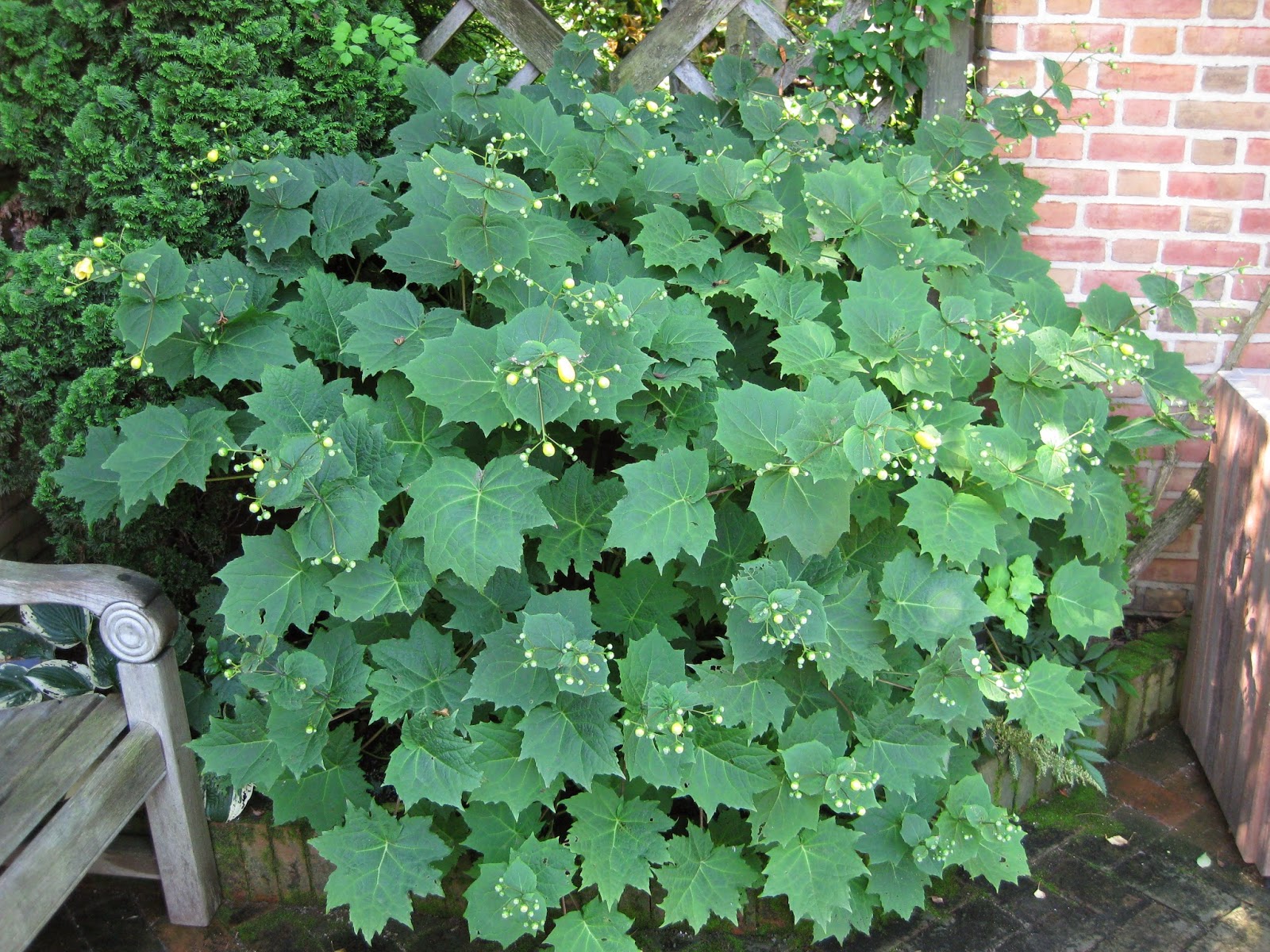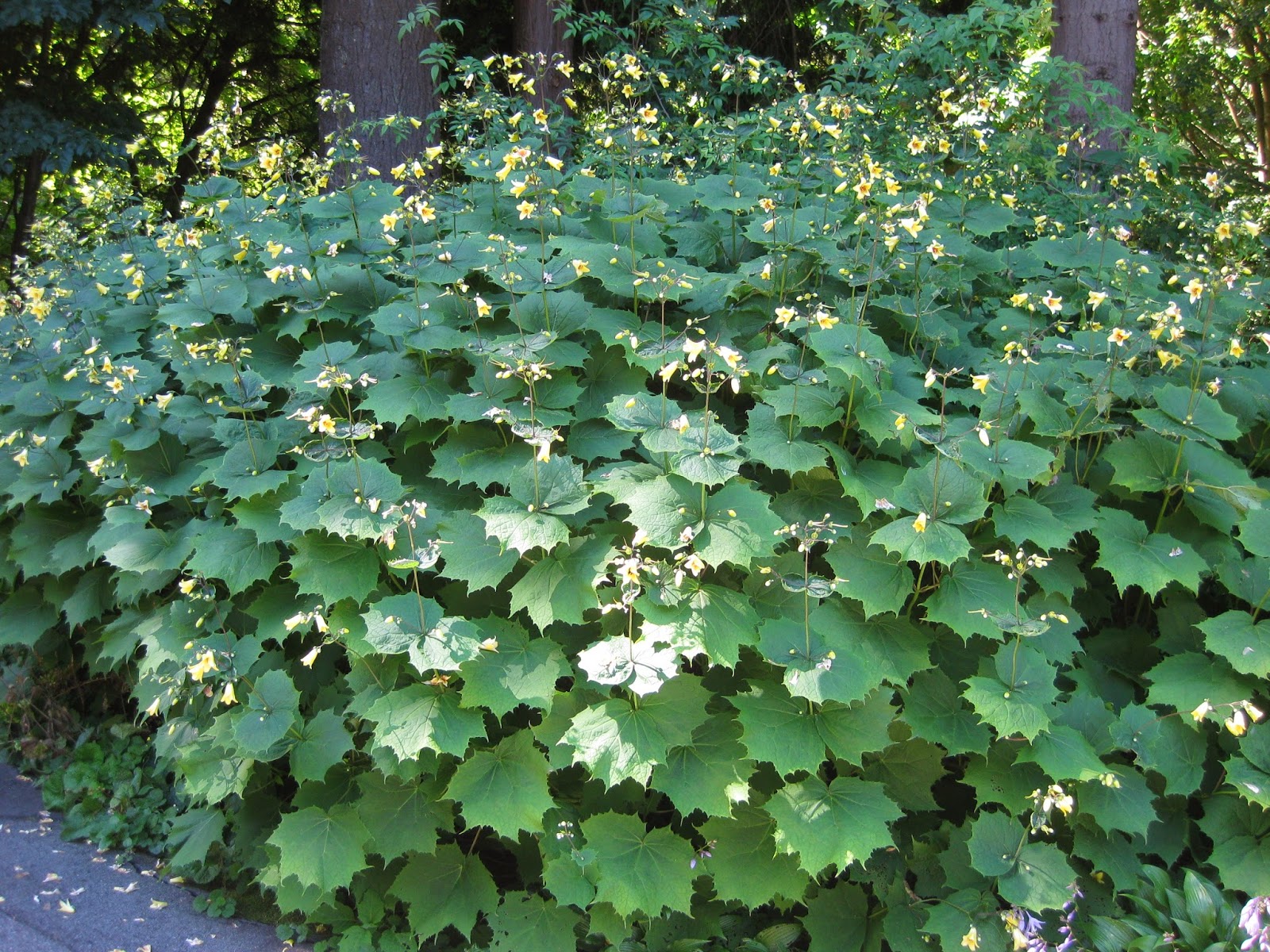It was another beautiful day with warmth (relative!) and sunshine. I'm sure I'll start seeing some early bulbs emerging from the soil next week. We'll continue to work on bringing in elements of the Holiday Lights Show (HLS) as the weather (and our labor supply!) allows. Dr. Gredler was in today for painting and Pat worked on myriad projects both inside and out. Bev and Bob D. stopped by to check out some seeds and containers for a project and Dick H. popped in as well. I also saw Jumbo Jim and we talked about some projects for the RECAPPERS which he helps accommodate very generously with his time. Bill O. stopped by in the afternoon and Janice continued preparations for the Spring Plant Sale and our exciting Thomas Jefferson Collection. I'm done ordering seeds and will visit all of our growers next week to disperse seeds and finalize our plan of attack for spring. I'm working on new labels, plant records, special event preparations (Spring Compost Sale, Spring Plant Sale, Spring Tree Sale, etc.) and other duties associated with our busy spring during our exciting 25th Anniversary Year!
I thought I'd feature one of my favorite perennial selections for the shade garden. Called yellow waxy bells or yatabe (Kirengeshoma palmata), this large perennial offers superior foliage interest (see directly below) in the partly shaded garden and has the added benefit of late summer flowers (see above). Native to Japan and Korea, this perennial prefers cool, moist, woodland like habitats and when happy, can reach heights between 4' and 6' tall with a similar width. I haven't known this perennial for more than five years and have now incorporated it in to many of our partly shaded areas, primarily for leaf texture. The leaves are large (8"+ long) and toothed like a maple leaf. I think the plant looks subtropical and is dynamite for visual texture. This member of the Hydrangea Family (Hydrangeaceae) received the Award of Garden Merit from the Royal Horticultural Society (RHS) back in 1993. The yellow blooms are beautiful but don't ever fully open up. They stay as tubular trumpets that open from colorful, rounded buds. The bloom time can start in August and extend sporadically until early October in our climate. Purplish petioles/stems are also of interest but ultimately it is important to provide ample space for this sizeable plant. There is some debate amongst botanists as to whether there is one species (Kirengeshoma palmata) or two (Kirengeshoma koreana) or perhaps a subspecies (Kirengeshoma palmata var. koreana). I think all selections look identical and have the same impact regardless of the naming conventions. This is a great plant and hardy to zone 5. We'll see how these overwintered with this brutal winter but I think we had enough insulating snow cover to keep these specimens viable. I believe we have 20+ of these out in the gardens. The only problem we've seen is occasional slug damage and less vigor in drier locations (keep them damp!). After doing some additional research on this plant for the blog, I ran across the best information from a UW-Extension publication at www.wimastergardener.org/?q=kirengeshoma. Consider checking it out for more information and photos.
spring foliage shot of yellow waxy bells (my first exposure to this plant...)
Kirengeshoma koreana at Chicago Botanical Garden (CBG)
blooms from plant seen above at CBG
Kirengeshoma palmata at CBG just budding out
yellow waxy bells in dappled light (CBG)
huge patch of yellow waxy bells (7' tall!) at the University of British Columbia Botanical Garden (Vancouver, B.C.) - 2013
early flower shot (note the buds)
later flower shot
specimen at RBG

+2012.jpg)

.jpg)




+blooms.jpg)



No comments:
Post a Comment